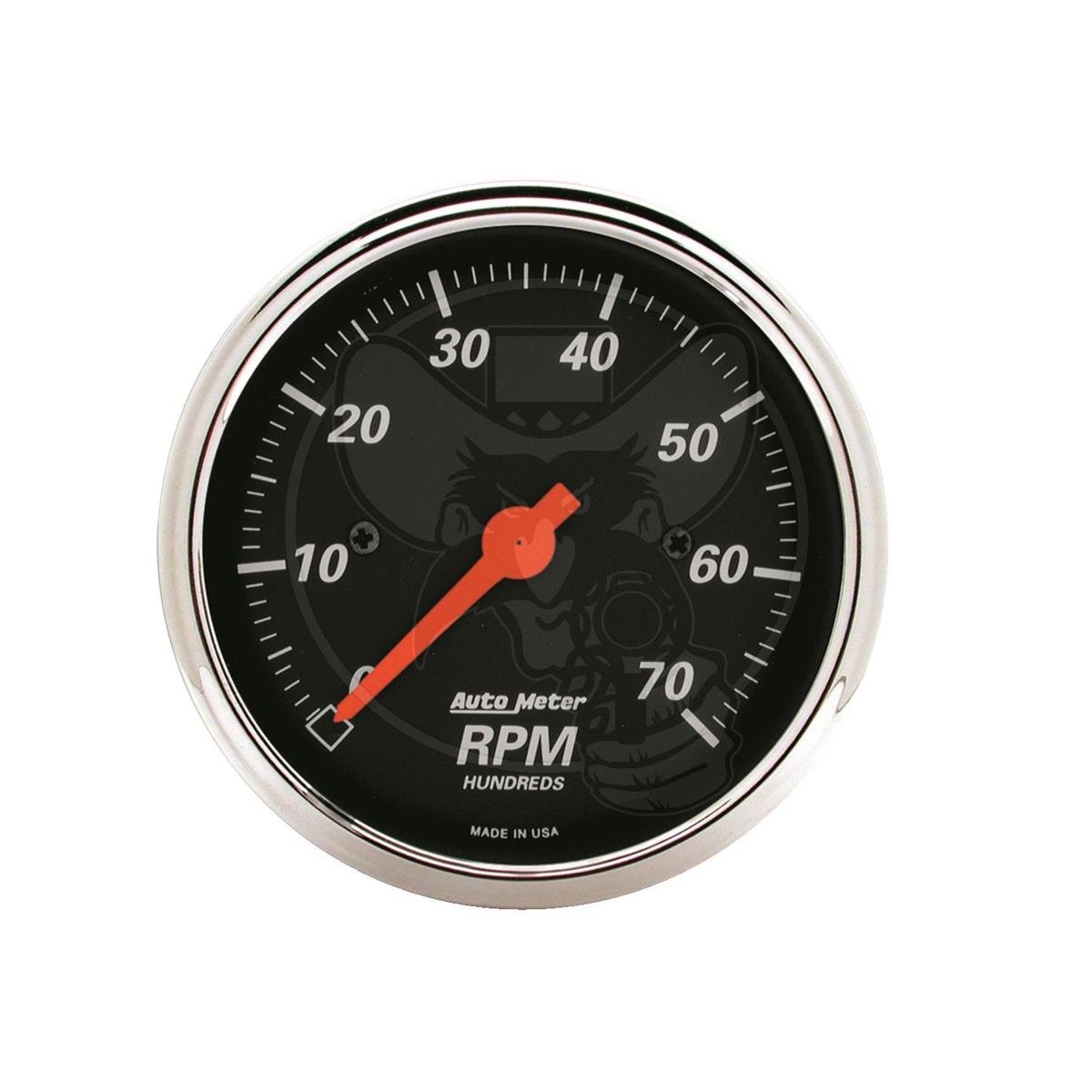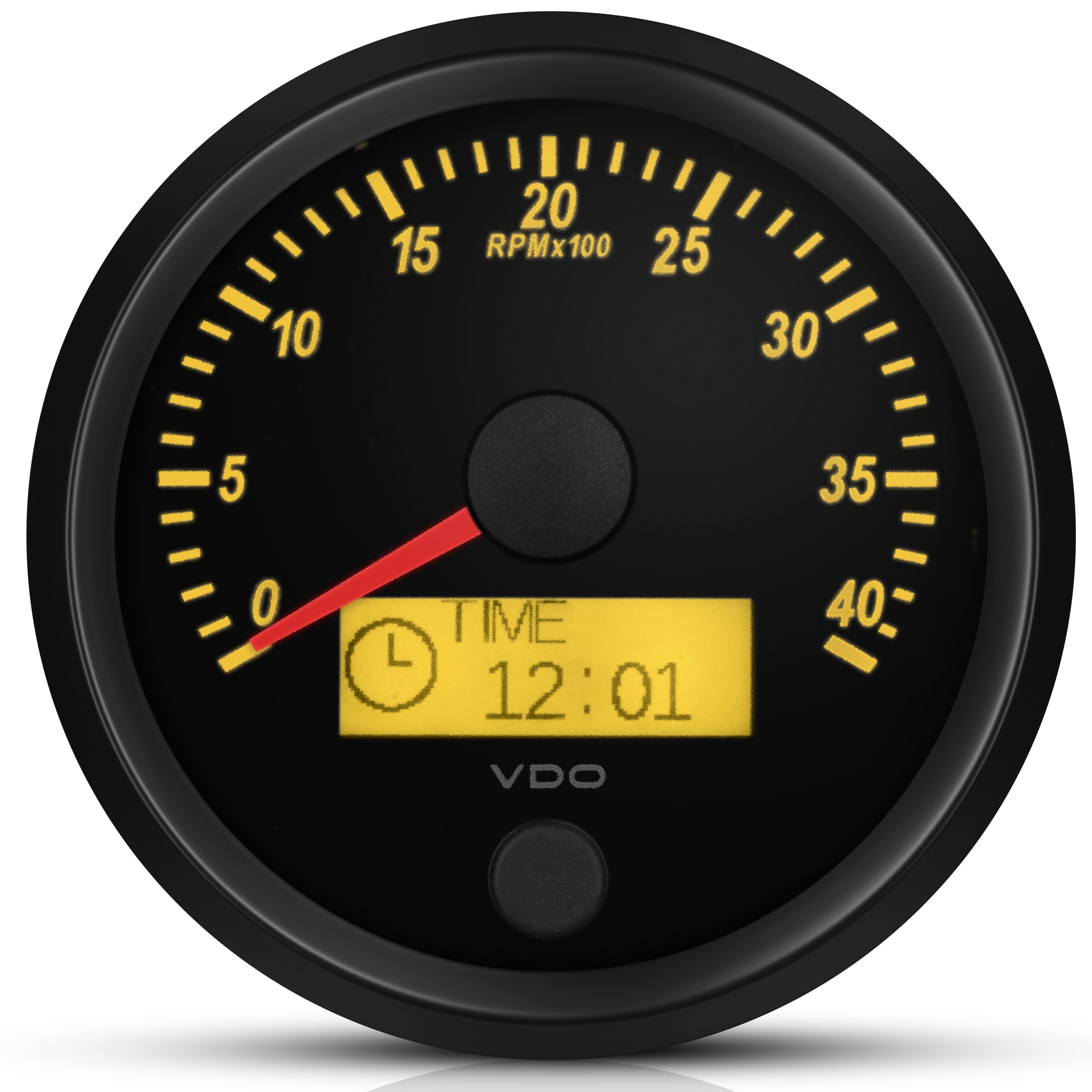The Value of a Tachometer in Keeping An Eye On Engine Speed and Efficiency in Automotive Applications
In the world of automobile engineering, the tachometer stands as a crucial instrument in the vehicle driver's arsenal, offering a direct window into the inner functions of a lorry's engine. Beyond its function as a simple scale of transformations per min (RPM), the tachometer serves as a critical tool for lovers and experts alike, supplying real-time insights into engine performance and health and wellness.
Significance of Monitoring Engine RPM
Keeping an eye on engine RPM, or changes per min, is an essential facet of vehicle upkeep and efficiency analysis. Engine RPM straight correlates with the rate at which the engine's crankshaft rotates, showing exactly how rapidly the engine is running.
Moreover, keeping an eye on engine RPM is necessary for performance examination in auto racing and high-performance automobiles. Preserving ideal RPM levels is crucial for accomplishing peak power outcome and acceleration. Racers usually utilize tachometers to guarantee they are operating within the suitable RPM range for optimum performance. In recap, monitoring engine RPM is not only essential for finding problems yet also for enhancing engine efficiency in different automobile applications.

Benefits of Real-Time Data
In auto applications, real-time data plays an essential function in giving instant insights into the efficiency and condition of the car. By constantly checking various criteria such as engine rate, temperature, gas usage, and much more, real-time data offers many advantages that add to improved effectiveness and security on the roadway.
Additionally, real-time information facilitates performance optimization by providing prompt responses on driving behaviors and engine effectiveness. Drivers can change their actions in real-time based on this info to achieve much better gas economy and prolong the life expectancy of their automobile.

Additionally, real-time data plays an important function in contemporary auto diagnostics, making it possible for specialists to swiftly detect and resolve breakdowns. This results in lowered downtime, lower upkeep costs, and inevitably, improved total vehicle integrity and durability (tachometer). By using the power of real-time information, automotive stakeholders can make informed decisions that positively influence both the efficiency and longevity of the car
Effect On Gear Shifts
Effective gear shifts in vehicle applications substantially influence general performance and driving experience. The tachometer plays a vital duty in optimizing gear shifts by offering real-time engine speed information to the vehicle driver. When approaching the redline on the tachometer, it indicates the chauffeur to upshift to stop over-revving the engine and creating prospective damage. On the various other hand, downshifting at the ideal minute can help preserve the engine in its power band, More Bonuses guaranteeing responsive acceleration when needed.
Furthermore, the tachometer aids in achieving smoother check out here equipment shifts, especially in hands-on transmissions. By keeping track of engine speed, vehicle drivers can execute gear changes at the ideal RPM range, minimizing jerking activities and lessening endure the transmission components. This accuracy in gear modifications not only improves driving comfort but also adds to sustain performance.
Enhancing Gas Effectiveness
Given the critical function the tachometer plays in enhancing equipment shifts for efficiency and engine wellness, it directly adds to maximizing fuel efficiency in vehicle applications. By providing real-time comments on engine rate, the tachometer helps motorists in preserving one of the most efficient RPM array for gas economic situation. When drivers constantly check the tachometer and adjust their driving habits appropriately, they can avoid unnecessary fuel usage triggered by over-revving or lugging the engine.
Moreover, the tachometer assists vehicle drivers determine the most fuel-efficient gear to be in at any kind of provided minute, stopping the engine from working tougher than needed. In final thought, the tachometer offers as a beneficial device in improving fuel efficiency by promoting optimum driving behaviors and identifying locations for enhancement in the car's performance.

Making The Most Of Engine Longevity
The tachometer's duty in monitoring engine speed and performance is crucial in ensuring the long life of auto engines. Monitoring the tachometer enables drivers to stay within the suggested RPM variety for their car, protecting against unnecessary stress on the engine and extending its life-span.

Conclusion
To conclude, the tachometer plays a critical function in keeping track of engine rate and performance in automotive applications. By giving real-time information on RPM, it permits for effective gear changes, improved fuel effectiveness, and taken full advantage of engine long life. This device is essential for preserving optimum engine efficiency and making certain the overall functionality of a car.